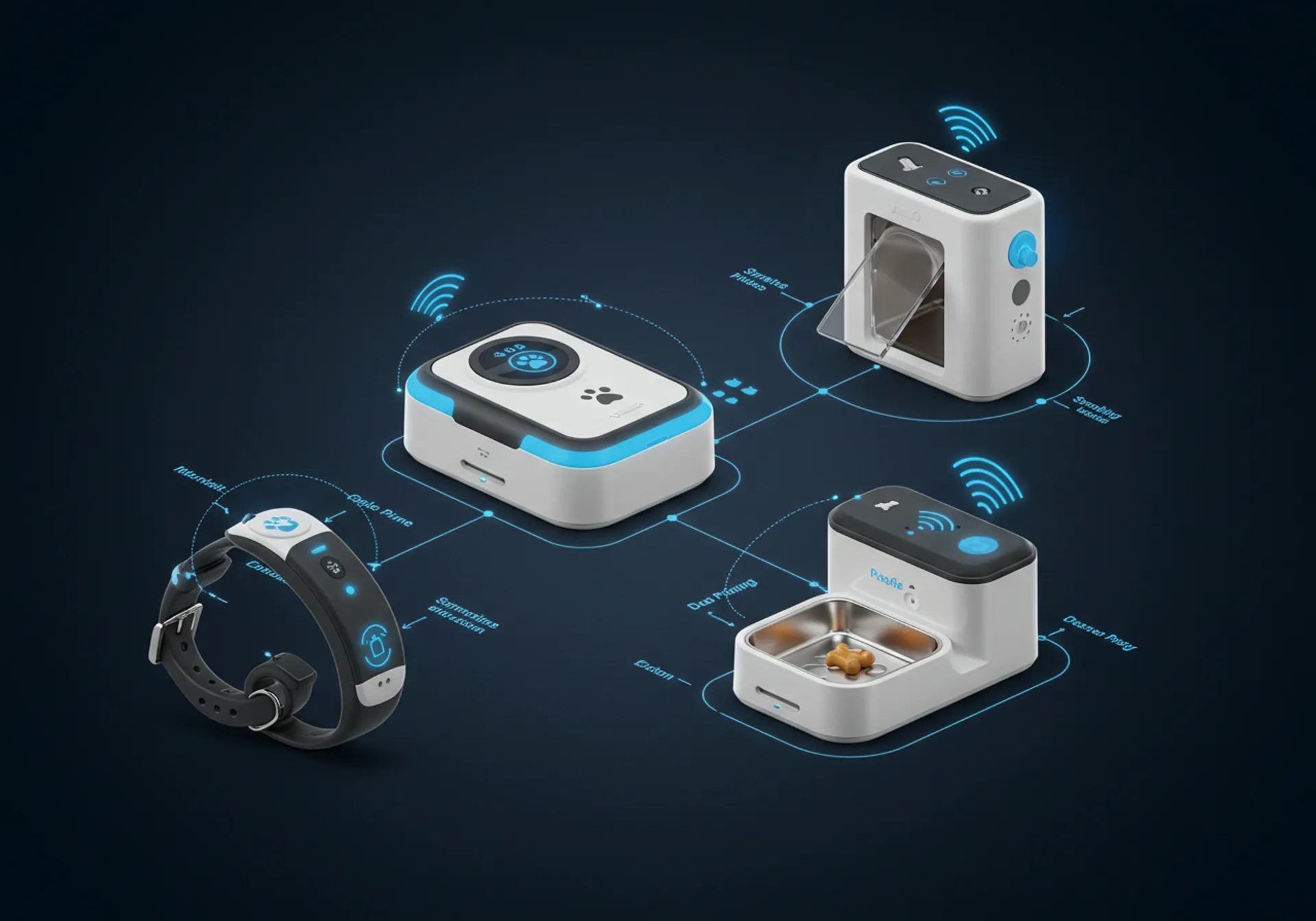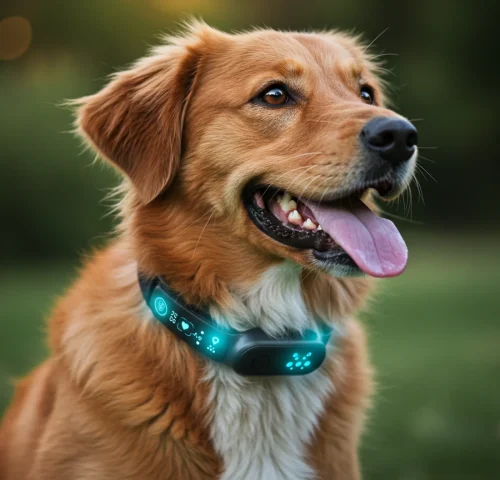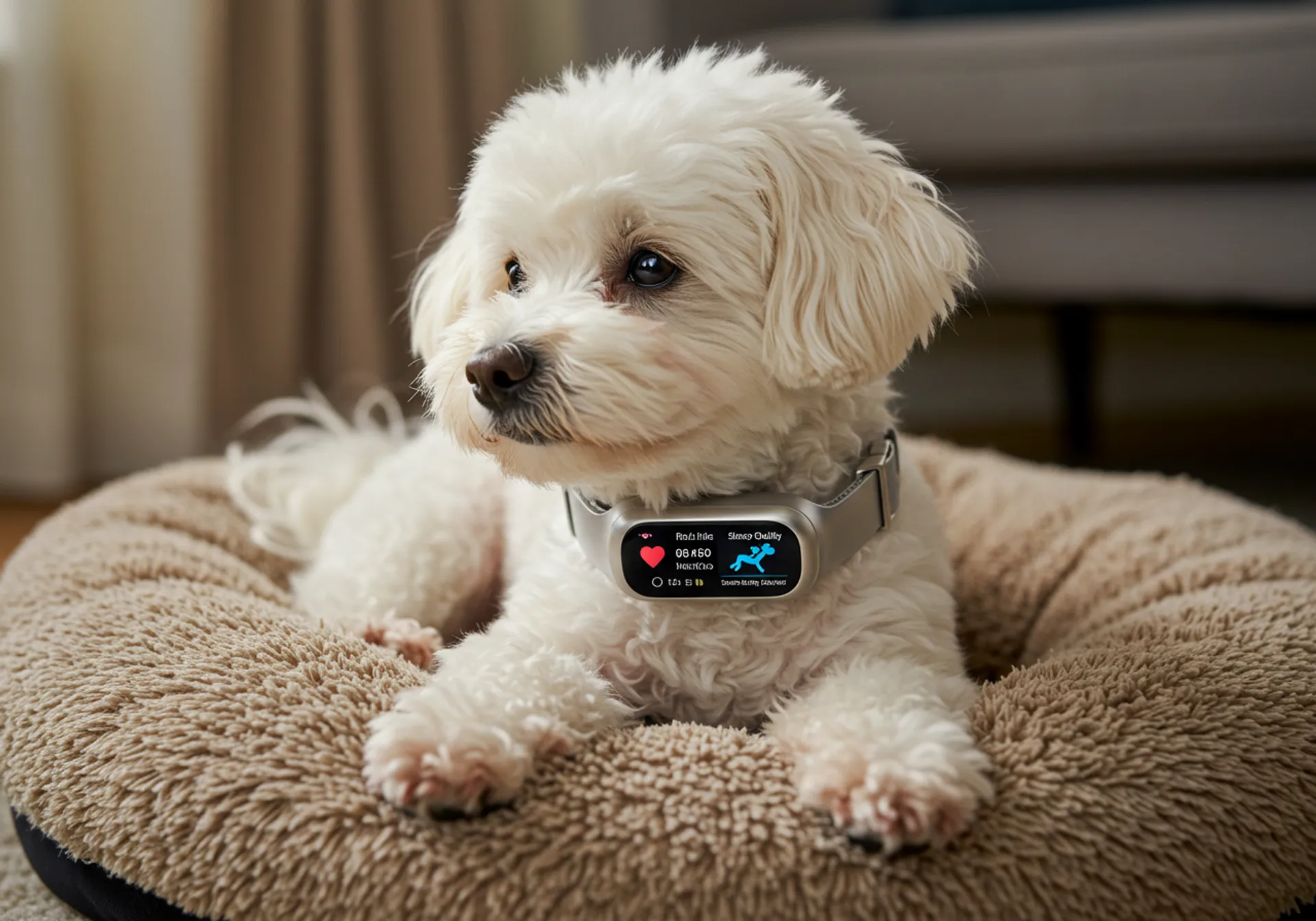Dog ownership in 2025 looks very different from just a decade ago. While collars once served only as a place to attach ID tags, today they have evolved into powerful tools that support dog safety, wellness, and even training. Smart dog collars now come equipped with GPS, biometric sensors, and AI-driven features that give owners a deeper look into their pup’s health and behavior. These devices are shaping the future of pet care, helping us understand our furry friends better and ensuring their safety like never before.
In this post, we’ll explore how smart dog collars work, what features they offer, and why they’ve become a must-have for modern dog owners. We’ll also look at the challenges and future potential of dog wearable technology, while pointing you to helpful resources both inside and outside TheDog.blog that expand on caring for your pup.
What Are Smart Dog Collars?
A smart dog collar is a wearable device designed to track your dog’s location, health, and activity in real time. They go beyond basic ID tags, transforming into health dashboards that can help owners and veterinarians detect problems early. Some collars even feature AI that can recognize patterns in scratching, licking, or sleeping that may indicate health issues. According to The Verge, the Fi Series 3 Plus collar now uses AI to detect behavioral changes with impressive accuracy.
When combined with traditional care, these devices give owners tools to protect their dogs in ways that complement the essential safety tips we’ve covered before.
Core Features of Smart Collars in 2025
Here are some of the most common and useful features that today’s smart collars provide:
- GPS Tracking and Geofencing: Provides real-time location updates and alerts if your dog leaves a designated safe area. This is particularly useful for preventing escapes and ensuring fast recovery if your dog goes missing. The ASPCA highlights that lost pets are most likely to be found quickly when owners have tracking support.
- Health Monitoring: Tracks vitals such as heart rate, breathing, body temperature, and even calorie burn. This complements regular checkups and supports long-term wellness goals like those discussed in our Golden Years Wellness guide for senior pups.
- Behavior Alerts: AI-driven detection can flag scratching, licking, pacing, or restlessness. Early alerts may reveal allergies or anxiety issues that require vet attention.
- Sleep Tracking: Monitors rest quality, which plays a role in stress management and recovery from activity.
- Activity Insights: Records daily walks, play sessions, and steps, helping owners ensure dogs get the exercise they need. This pairs well with the training tips we’ve shared previously.
Benefits of Smart Dog Collars
So why should dog owners consider investing in a smart collar? Here are some of the most significant advantages:
- Peace of Mind: Whether you’re at work or on vacation, knowing your dog’s location and condition brings reassurance.
- Early Detection of Problems: Noticing changes in sleep or scratching patterns early can prevent costly vet visits later.
- Better Training & Care: Activity data helps fine-tune training routines. Pairing smart data with our raising a happy pup guide makes daily care more effective.
- Veterinary Collaboration: Logs and reports can be shared with vets for more informed diagnoses and treatment planning.
- Emergency Response: GPS tracking is life-saving if your dog escapes or is stolen.
Examples of Leading Smart Collars
Several products have stood out in 2025:
- Fi Series 3 Plus: Offers GPS tracking, AI-driven behavior detection, and a strong focus on durability.
- Whistle Health: Provides wellness tracking with alerts for scratching, licking, and changes in rest patterns.
- Invoxia Smart Collar: Integrates biometric tracking, including heart and respiratory monitoring, making it particularly useful for dogs with chronic conditions.
Each of these devices can be used alongside traditional methods of safety and care, such as those shared in our dog care essentials guide.
What to Look for Before Buying
Here are some key considerations to keep in mind:
- Battery Life: Look for collars with at least one to two weeks of battery capacity.
- Durability: Waterproof and rugged models are best for dogs who swim or play outdoors frequently.
- Comfort: Collars must fit securely without causing discomfort.
- Privacy: Choose companies that safeguard user data and commit to ethical usage. The Consumer Reports Pet Tech Data Guide outlines what to look for.
- Size Compatibility: Make sure the collar is designed for your dog’s size and breed.
Challenges & Limitations
Despite their advantages, smart collars do face limitations:
- False Positives: AI systems may mistake normal behavior for health concerns.
- Costs: Advanced collars can be pricey compared to traditional options.
- Maintenance: Frequent charging and occasional firmware updates are necessary.
- Connectivity Issues: GPS and app connections may struggle in rural or low-signal areas.
How Smart Collars Fit Into Overall Care
While smart collars are useful, they’re not a replacement for proper training, nutrition, and regular vet visits. Instead, think of them as part of a holistic care approach that also includes good nutrition (see our dog nutrition guide) and enrichment activities (explored in our enrichment post).
Future of Wearable Dog Tech
Wearable tech is only getting smarter. Future collars may integrate with smart feeders to adjust meal sizes, with smart doors to allow controlled outdoor access, and even with telehealth platforms for direct vet alerts. Predictive analytics could soon help spot early signs of diseases like arthritis or diabetes, much like human wearables such as Fitbit or Apple Watch.
According to The American Veterinary Medical Association, consumer demand for pet health monitoring is rising sharply, showing that smart collars are here to stay.
Tips for Making the Most of a Smart Collar
- Introduce the collar gradually so your dog feels comfortable.
- Use app data weekly to track behavior and share with your vet if needed.
- Pair collars with ID tags and microchips for layered safety.
- Use collars to complement happiness and training strategies you already practice.
Conclusion
Smart dog collars in 2025 are a game-changer for pet parents who want to combine love with technology. They help monitor health, track location, and even predict issues before they happen. While not perfect, their benefits outweigh the challenges for most families. Used alongside traditional care and guidance from resources like our complete pet parent guide, smart collars bring us one step closer to ensuring that our pups live safe, healthy, and happy lives in a connected world.





